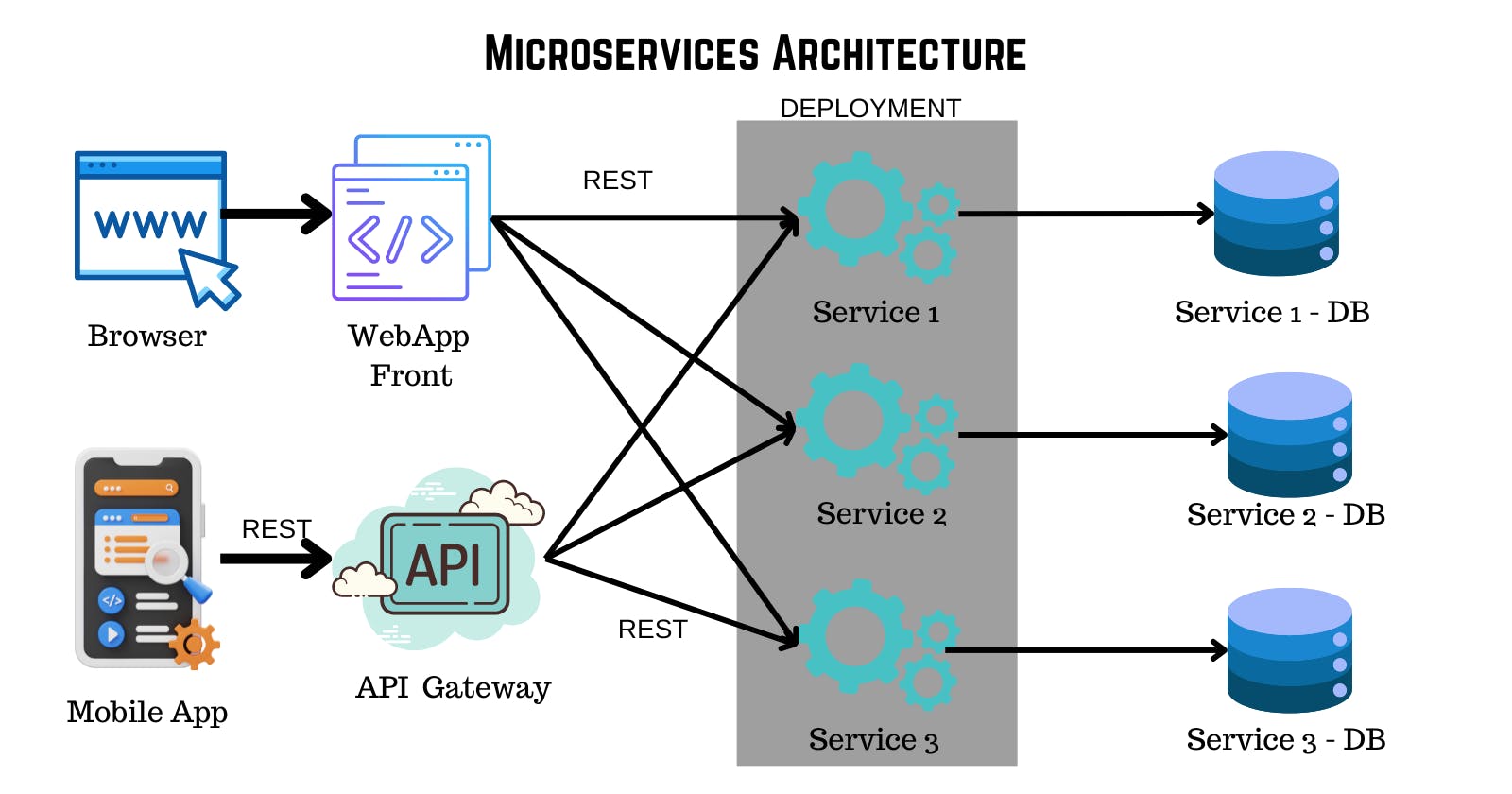Microservices have become a popular architectural style for building modern software applications. This article explores what microservices are, how they're structured, and the key principles for designing effective microservices.
What are Microservices?
Microservices is an architectural pattern where a system is designed as a network of loosely coupled services, each serving a specific function. Unlike traditional monolithic applications (a single, large codebase), microservices allow for independent scaling, rapid development, deployment, and updates. Here are the key aspects of microservices architecture:
High Cohesion and Low Coupling
Each microservice should have high cohesion, meaning it focuses on one specific task and performs it well.
Services should also exhibit low coupling, implying they don’t heavily depend on each other.
High cohesion ensures that functions within a module are closely related and can be understood as a whole, while low coupling minimises interdependencies between services.
Discrete Boundaries
Microservices are small, independently deployable units of functionality.
Each microservice is responsible for a specific task, such as user authentication or billing processing.
Avoid cross-functional dependencies between services to maintain clear boundaries.
Single Responsibility Principle (SRP)
Each microservice should adhere to the SRP, focusing on a single responsibility.
This principle ensures that services remain concise, maintainable, and easy to reason about.
Design for Failure
Assume that failures will occur and design services to handle them gracefully.
Implement redundancy, retries, and fallback mechanisms to enhance system resilience.
Business Capabilities
Organise microservices around business capabilities rather than technical layers.
For example, separate user management, inventory, and payment processing into distinct services.
Decentralisation
Avoid central points of control or bottlenecks.
Decentralised decision-making allows teams to work independently and innovate.
Process Automation:
Automate deployment, testing, and monitoring processes.
Use tools like containers (e.g., Docker) and orchestration (e.g., Kubernetes) for efficient management.
IDEALS - Core Principles for Microservice Design
An alternative mnemonic for microservices design principles is IDEALS
Interface Segregation (I):
Services should expose well-defined interfaces tailored to their specific functionality.
Avoid bloated APIs that include unnecessary endpoints.
Deployability (D):
Make deployment straightforward and automated.
Use containerisation and continuous integration/continuous deployment (CI/CD) pipelines.
Event-Driven (E):
Embrace asynchronous communication through events.
Events allow services to react to changes without tight coupling.
Availability over Consistency (A):
Prioritise system availability even if it means relaxing consistency.
Distributed systems face trade-offs between availability and data consistency.
Loose Coupling (L):
Minimise dependencies between services.
Loose coupling enables independent development and testing.
Single Responsibility (S):
Each service should have a clear purpose.
Avoid mixing unrelated functionalities within a single microservice.
Microservices offer a powerful approach to building complex software applications. Remember that these principles are adaptable to your specific needs and by understanding the architecture and following key design principles, developers can leverage the benefits of microservices. The ultimate goal is not just to produce code but to deliver value through robust, scalable microservices-based architectures.
